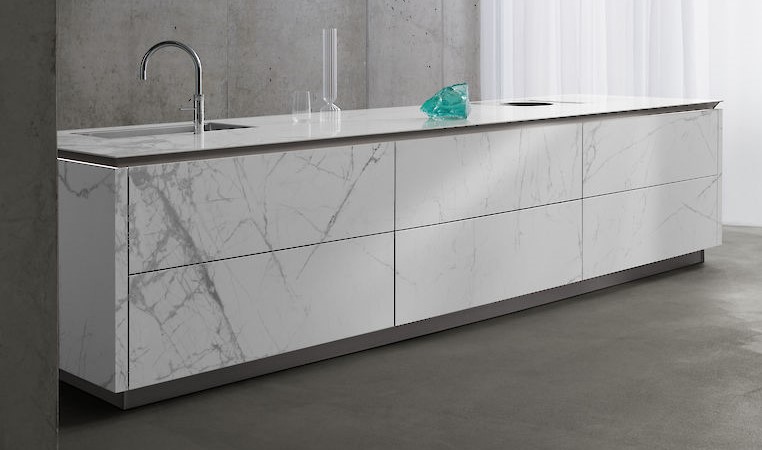
The Ancient Greeks have a word for beauty: Kallos (κάλλος), and it continues to influence our sense of beauty today. The reason this word is so important, is because it transcends aesthetics and encompasses our sense of pleasure, happiness, wellbeing and peace brought on by a particular sensory experience or observation.
The various translations of kallos include ‘good, beautiful, noble’, which in part is because it has two variations that have been intertwined over the years. American classicist, David Konstan, looked at the two variations on the word – kalós and kallos – to better understand the Ancient Greek concept of beauty, and said:
“When God created the world, he looked at the world and he said it is good. In Greek, that’s translated to the adjective kalós. God didn’t mean it’s beautiful, he meant it’s a fine piece of work […] Whereas kallos does, interestingly enough, have a corresponding word in Hebrew, which also refers very specifically to physical attractiveness as opposed to things being good in general.”
The result is a word continues to permeate languages around the world, and is at the root of words that we use commonly (and uncommonly) in language today. For example:
• Calligraphy: from kalligraphos ‘person who writes beautifully’
• Calisthenics: exercises to achieve bodily fitness and grace (beautiful strength)
• Calligynephobia: the extreme fear of beautiful women
Visual experience and satisfaction
This perception of beauty was perhaps most obvious in Greek sculpture and artworks, where beauty was created through symmetry and proportion. These are elements in design that we continue to value. Why? Human beings have been shown to be instinctively drawn to them, finding symmetry soothing and calming.
American scientist Alan Lightman told the BBC:
“The reason must be partly psychological […] Symmetry represents order, and we crave order in this strange universe we find ourselves in… [It] helps us make sense of the world around us.”
In a study titled The Impacts of Symmetry in Architecture and Urbanism, it quotes Semir Zeki, Professor of Neuroaesthetics at University College London, from his book Beauty in Architecture: Not a Luxury—Only a Necessity:
“Beauty is a neurological requirement of healthy brains: “In our daily activity, we search for and seek to satisfy that quality; in simpler terms, we seek the beautiful to nourish the emotional brain since, from a neurobiological point of view, all areas of the brain must be continually nourished in a way that corresponds to their specific functions… Hence, whatever other demands go into architectural design, beauty must be a central element. Its experience adds to the health of its individuals and thus to society’s wellbeing. It is not a luxury, but an essential ingredient in nourishing the emotional brain”
The study also quoted British-American architect, Christopher Alexander, and his book, The Nature of Order: Book One:
“Human beings, with their highly evolved capacities of perception, can detect these symmetries, and sense the biologically relevant characteristics of the processes that formed them (healthy, beneficial, dangerous, etc). Once again it is clear that the perception of symmetry is biologically useful.”
Experiencing kallos in our own homes
While these are all very academic perspectives on beauty and design, perhaps more importantly, many of us know the importance of beauty and their inextricable links to order in our own lives.
Consider the art of Feng Shui (also known as Chinese geomancy), or the attention to detail that you might put into placing coffee table books in a particular pattern. These are concepts that can be incorporated into design. Of course, when we talk about beauty, symmetry, proportion, it doesn’t have to literally mean perfect symmetrical spaces. It really means form, texture, colour, even scent that creates a pleasing experience to us.
Recently we have been working on a kitchen design inspired by the idea of an immaculately executed yoga pose. It’s relaxing, prioritises wellbeing and is not too formal. It’s about clean lines, soft curves and organic materials (stone, dark wood, plant life and even semi-precious stones). It is a perfectly circular room that draws on the personality of the homeowner as well as the surrounding environment. Large, strategically placed windows to let in the natural light and allow the space to change and morph with the seasons.
So, what is the point that we’re ultimately making? The beauty of a space, and whatever that means to us, gives us a sense of joy as well as pride, which is a powerful influencer on our wellbeing. Nowhere is that more important, or can we exercise more influence over it, than in our own homes.
Featured image: SieMatic



